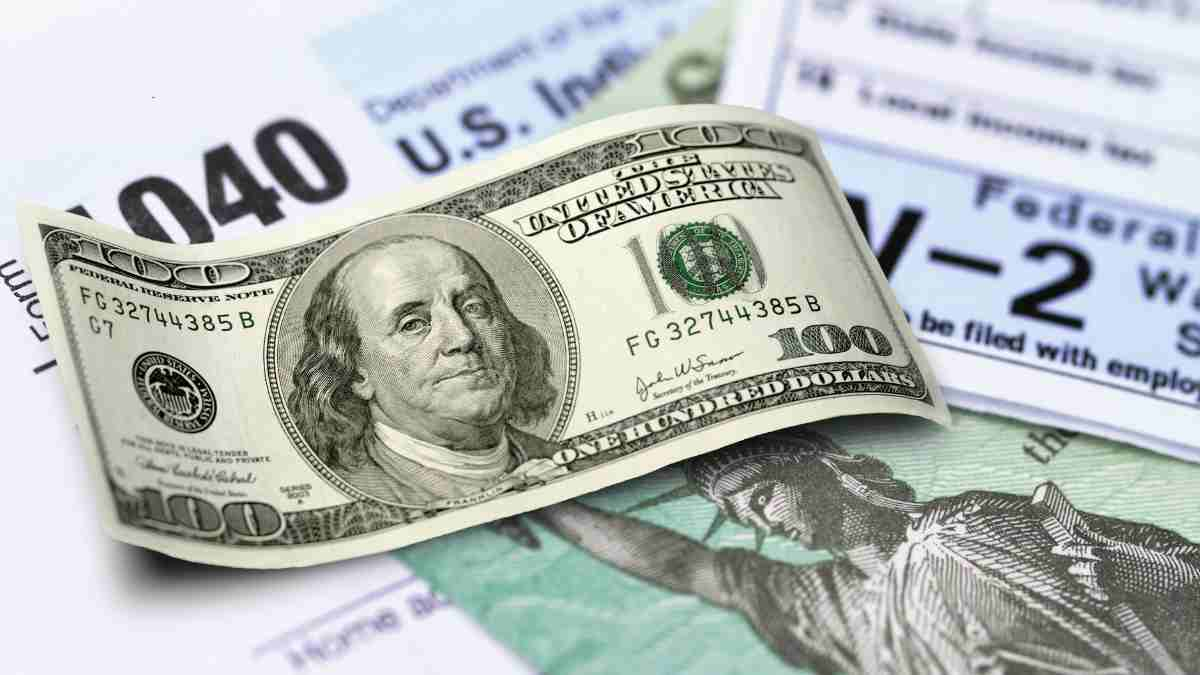The $1,400 stimulus check is part of an economic program approved during the Covid-19 pandemic, under the administration of Joe Biden. This third check was designed to offer financial relief to the families most affected by the health and economic crisis. Although most of the payments were made in 2021, the IRS announced at the end of 2024 that there are still people who have not claimed this money.
For this reason, starting in January 2025, the IRS will begin sending payments automatically to those who qualified at the time and did not receive the corresponding amount. It is important to clarify that this is not a new program or a fourth stimulus check, but rather a second chance for those who did not receive the payment due to errors, lack of information, or administrative issues.
What is the $1,400 stimulus check?
Although the IRS is working to ensure the money reaches those who qualified, there are certain groups that will not be able to access this payment. Below, we explain the main reasons for exclusion:
You already received the full payment
If you received the third stimulus check in full at the time, you will not be entitled to receive this new payment. This process is only intended for people who did not claim the check or did not receive the full amount in 2021.
Errors in the Recovery Rebate Credit
The Recovery Rebate Credit was a key tool for people to claim the stimulus checks they did not receive in their 2021 tax returns. However, many made mistakes when filling out this section, leaving it blank or incorrectly indicating that they did not qualify. If your return was processed correctly and you already received the corresponding refund, you will not receive an additional payment.
Income above the allowed limit
This check is not available to everyone. There are income limits that determine eligibility:
- Individual taxpayers: income over $75,000 per year do not qualify.
- Joint returns: the limit is $150,000 per year.
If your income is slightly above these limits, you may receive a reduced amount. But if you exceed these levels by a considerable amount, you will not be entitled to any payment.
You did not file a tax return
Although the IRS can process some payments automatically, if you did not file your 2021 tax return, you are likely not in the system and will be excluded from the program.
How will the payments be sent?
The IRS will make payments automatically via direct deposit to the bank accounts registered in the 2023 tax returns. If you do not have a registered bank account, you will receive a physical check by mail.
To avoid delays or issues with delivery, it is essential that your tax information is up to date. If you have changed your address or bank account since then, make sure to notify the IRS.
Why didn’t some people claim the check at the time?
The IRS has identified several reasons why many people did not claim the check at the time:
- Errors in the tax return: Leaving the Recovery Rebate Credit section blank was one of the most common mistakes.
- Misinformation: Some people mistakenly assumed they did not qualify or were completely unaware of the program.
- Administrative issues: Address changes or incorrect bank details also made it difficult for payments to be received on time.
What to do if you think you qualify, but do not receive the payment?
If you think you meet the requirements and do not receive the payment in early 2025, the best thing to do is contact the IRS. Remember that no additional procedures are required if your tax information is already correctly registered.
The $1,400 stimulus check is a second chance for those who did not receive this money at the time. However, the eligibility criteria are well-defined, and not everyone will be entitled to receive it.
If you meet the requirements, make sure your tax information is up to date to avoid problems or delays. Always check official sources to stay informed of any updates. This payment could be an important financial relief, so don’t miss the opportunity if you believe you are entitled to it.




